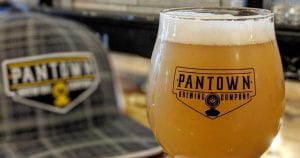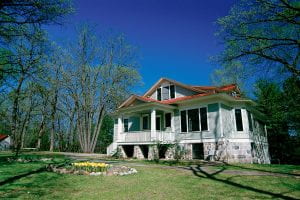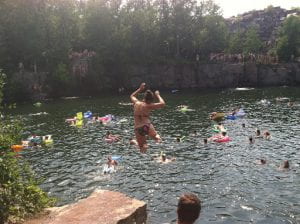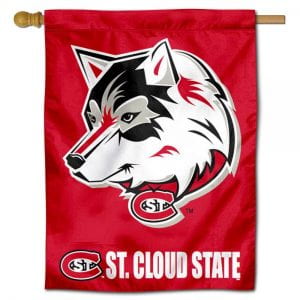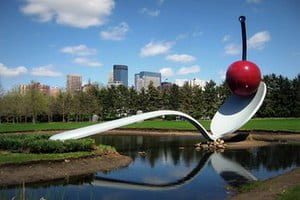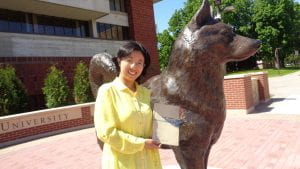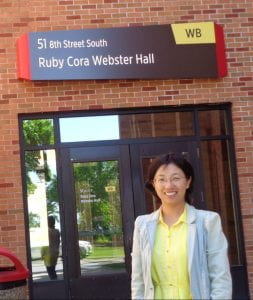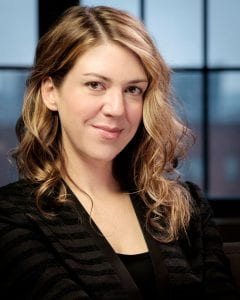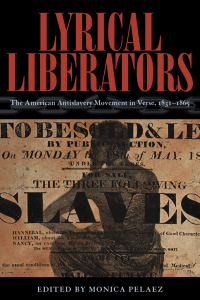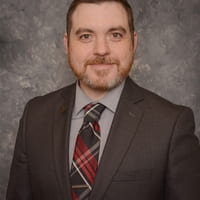 Since 2018, the English Department’s new English Education professor, Dr. Michael Dando, has been mobilizing teaching license students with his culturally relevant pedagogy–recently recognized with one of this year’s Miller Scholar Awards, among St. Cloud State’s highest honors. Michael’s research explores how students engage youth culture and critical literacy development toward democratic and civic engagement. In particular, he studies how students and teachers use elements of hip-hop culture to interpret and cultivate central representations of self, community, and pro-social world views, and how teachers and students might enhance these learning environments to provide rich learning experiences that students will see as highly connected to formal tools and ideas. This work involves attending closely to the design of representations and tools within these academic spaces as well as the artifacts (both tangible and intangible) constructed by students.
Since 2018, the English Department’s new English Education professor, Dr. Michael Dando, has been mobilizing teaching license students with his culturally relevant pedagogy–recently recognized with one of this year’s Miller Scholar Awards, among St. Cloud State’s highest honors. Michael’s research explores how students engage youth culture and critical literacy development toward democratic and civic engagement. In particular, he studies how students and teachers use elements of hip-hop culture to interpret and cultivate central representations of self, community, and pro-social world views, and how teachers and students might enhance these learning environments to provide rich learning experiences that students will see as highly connected to formal tools and ideas. This work involves attending closely to the design of representations and tools within these academic spaces as well as the artifacts (both tangible and intangible) constructed by students.
Dr. Dando serves on the Executive Planning Committee for The Bias Inside Us Project at SCSU in partnership with the Smithsonian.
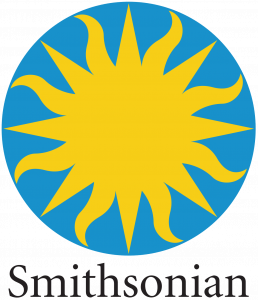 The Smithsonian Institution, committed to leading and encouraging civil dialogue on important issues facing our nation and the world, is preparing a community engagement project called The Bias Inside Us. Our goal is to help visitors understand and counter their implicit biases and build capacity in communities to convene dialogue that will increase empathy and create more inclusive schools, communities, and workplaces.
The Smithsonian Institution, committed to leading and encouraging civil dialogue on important issues facing our nation and the world, is preparing a community engagement project called The Bias Inside Us. Our goal is to help visitors understand and counter their implicit biases and build capacity in communities to convene dialogue that will increase empathy and create more inclusive schools, communities, and workplaces.
He also partners with Teachers College Columbia on the Remixing Wakanda Project.
In collaboration with professors Michael Dando, John Jennings, and Dr. Nathan Holbert, the Re-mixing Wakanda project examines how youth from communities historically underrepresented and overlooked in the classroom, arts, and sciences might take this movement to create new representations of and for themselves through Afrofuturism, critical making, and design practices. This project aims to examine how young people communicate and articulate who they see themselves to be and why this matters, through an epistemological framework that questions and reimagines the present and past–seeing them as collections of objects, representations, and meanings that can be modified, mixed, and repurposed to imagine future societies and technologies that center people of color. It is through this interdisciplinary and sociocultural lens we re-imagine both STEAM and makerspaces that disrupt dominant notions of what can and should occur as well as dominant understandings of who belongs and can excel in these fields.
Recent article publications
- Dando, M. (2017). We got next: Hip-hop pedagogy and the next generation of democratic education. Kappa Delta Pi Record, 53(1), 28-33.
- Dando, M. B., Holbert, N., & Correa, I. (2019). Remixing Wakanda: Envisioning Critical Afrofuturist Design Pedagogies. In Proceedings of FabLearn 2019(pp. 156-159).
- Holbert, N., Dando, M., & Correa, I. (2020). Afrofuturism as critical constructionist design: building futures from the past and present. Learning, Media and Technology, 1-17.
- Holbert, N., Yoon, H., Brownell, C., Moffett, C., Dando, M., Correa, I., & Vasudevan, L. (2020). The Aesthetics of (Un) Charted Play: Negotiating Nostalgia and Digital Demons in an Era of “Post-Truth” Educational Research.
Interested in listening to Professor Dando?
Check out his podcast here!
If you are interested in hearing Professor Dando’s recent interview regarding his teaching on and research into popular culture and education, please click here.




